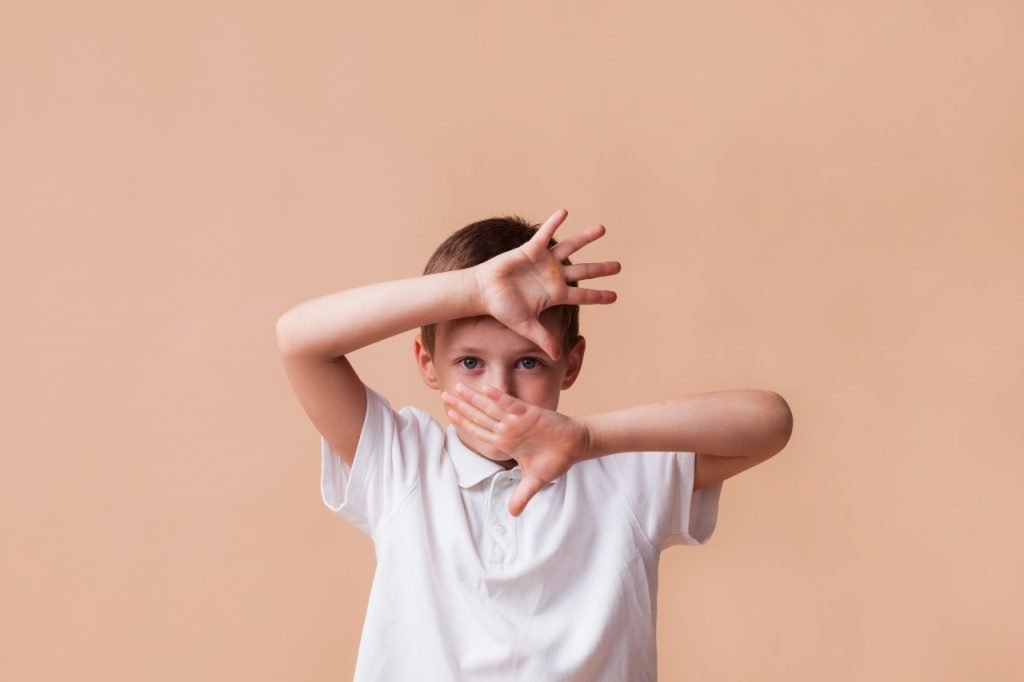Children are the most precious gift by God to us. They are innocent, vivacious and spread happiness wherever they go. In a nutshell, they add colour to our dim world. But some perpetrators living close to these bundles of joy feed on them emotionally, mentally, or even sexually. An intended act of ill treatment that can harm or is likely to cause harm to a child’s safety, well-being, dignity and development is known as child abuse. It involves a complex set of behaviors that involve child neglect. Failure to act upon these indicators can feign or induce a medical symptom which results in a potentially detrimental evaluation. This harm can take many forms and create a reasonable likelihood for bodily injury, mental injury and exploitation.
Classifications of the neurobiology in Child Abuse:
- Physical abuse involves walloping a child with hands or objects like a belt or a whip. Shaking, painful grabbing, pushing, choking, punching, and kicking also fall under this category. The given acts of cruelty inflict a lot of pain and may sometimes result in a noticeable injury.
- Sexual abuse either done through sexual contact or non-contact sexual activities cause distress in a child. These activities include taking or sharing sexual photos of a child and inappropriately touching them.
- Neglect is when a caregiving adult denies giving primary care like food, medical care, housing or clothing, attention, supervision, and education.
- Emotional abuse involves judging a child, threatening them, and withholding love to degrade the child’s self-esteem.
- Substance abuse is when an adult consumes drugs or too much alcohol and puts a child in danger. Such intoxicated adults often neglect or physically hurt a child.
Potential indicators of exploitation
The abuser often threatens the child to keep the abuse a secret. At times, they also offer gifts and other treats to prevent them from spilling the beans. Either way, the child suffers in silence.
Children are too young to report the issue but instead reflect some behavioral changes in response to the abuse. Boys externalize their emotions through anger, aggression, and verbal bullying while girls tend to get depressed and socially withdrawn. At a later stage, when the kids start schooling or enroll in a children learning centre, the signs further elevate to poor academic performance, poor concentration during classes, lack of interest in brain activities for kids, and limited friendships.

Prevention aspects to protect your children
Consistent positive bonds between children and adults in their lives are crucial. Although society has a broader responsibility to protect children, parents have a special role in this regard. Firstly, parents can provide barriers to abuse through monitoring, involvement and attention.
Finding the correct time to instill the concept of child abuse to your little ones
The tenure between childhood and preteen is when you need to recommend the dos and don’ts to your kids. It is recommended that you intertwine these concepts into everyday discussions, layering in more information over time at specific ages. The truth about timing is proportional to the age guide and major focus is required at each level. Learning about boundaries and what is appropriate and isn’t appropriate is fundamental. It is all about the details you include that define the conversation-age right from the early years. As parents, it is pivotal to fill in gaps of knowledge and rectify misconceptions and false information as and when you hear them.
When you notice any symptoms mentioned above, or come across any unusual behavioral changes that are too mature or naive for their age, talk to your child apart from basic academics from kindergarten learning centres. Tell your children that you love them and assure them that no one can harm them for sharing their secrets under any circumstances. Make them aware of their private parts using appropriate words and educate them about good and bad touch and ensure they are equipped and know more of it than what they learn through children activity centres.
The saddest part of child abuse are close relatives (mostly physical, substance, and emotional). If you come across a child who you think falls under this category, please report the crime or share the helpline number with the child.
Educate your child and help build their confidence
– Explain to your kid so they know the difference between safe and unsafe secrets. If a secret makes them unhappy, you need to have them disclose it to you so as to decide whether it is safe or not.
– It’s a good idea to talk to your child about places and situations that make them happy / safe or less safe.
– Notice the problem and be a positive role model for your child.
– Work through healthy ways of coping and communicate the consequences and opportunities to make amends.
– Child molestation usually begins with an offender gaining a child’s trust and friendship. Therefore the child needs to be taught about the testing abilities that are prone to make them fall a prey to child abuse.
Watching out for details can save the lives of children and make the world an innocuous place for these little angels.
About Author: Our author Sreeja Chedayath is founder and tutor at Guruscool abacus with over 20 years experience in the education industry . Guruscool Abacus techniques are a unique combination of classic and contemporary methods. Children learning Abacus can make remarkable progress in their overall personality using our techniques. Guruscool learners show extraordinary growth in confidence and self-worth. Basic Abacus learning helps in cognitive development, social behavior, and memory retention. In addition, children learn to mentally perform calculations of huge numbers with remarkable speed and accuracy. Guruscool abacus has centers in Amsterdam , Amstelveen , Almere , Hilversum , Hoofddorp , Den Hague , Eindhoven .

